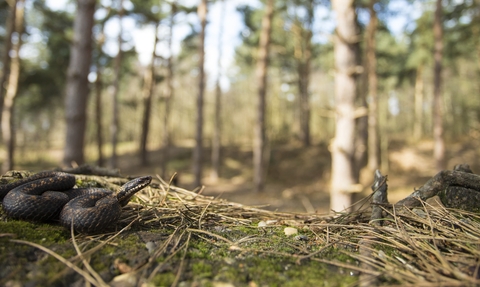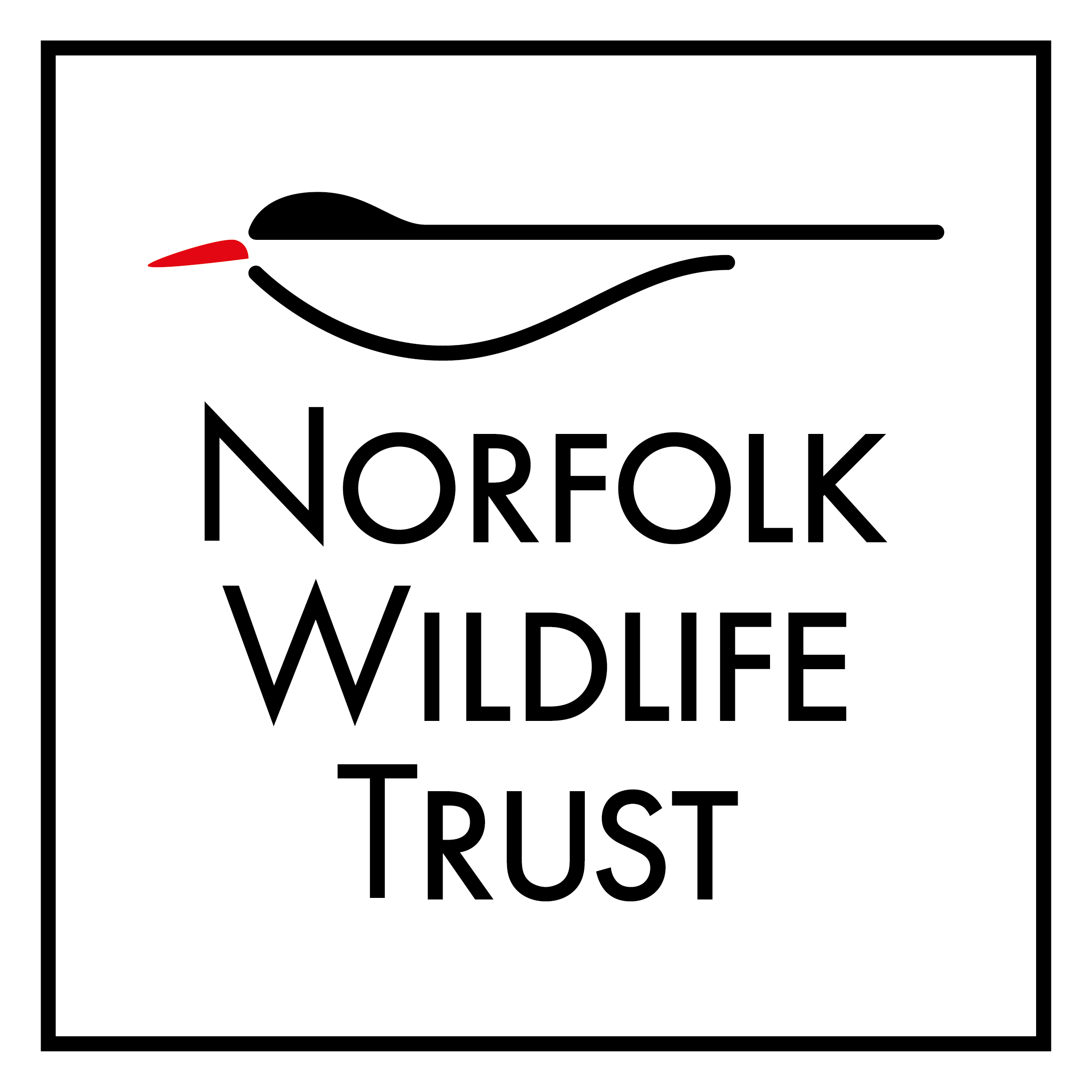
An adder in a woodland (credit: Jamie Hall)
Species recovery
Our work to restore Norfolk’s wildlife on land and in rivers includes focusing on species at risk or which have a national stronghold in Norfolk. Our Wilder Ecology team works with partners, including environmental researchers, to understand more about species from adders and rare plants to barbastelle bats, and to ensure that they benefit from our actions.
Our species recovery work includes:
- A Species Recovery Framework that guides our conservation efforts, including criteria identifying species of plants and creatures we are best placed to support.
- Developing new projects to help key species thrive in Norfolk. These projects will take place on our nature reserves, through our nature recovery work and via our work with communities.
- Increasing our understanding of how climate change impacts key species, based on the latest research, and developing strategies for climate adaptation or mitigation through our land management advice.
- Developing research projects to learn more about species at risk and ensure that we use up to date evidence to inform our work.
- Working with land managers, wildlife recorders and other conservation organisations to deliver plans and projects to aid species recovery plans across Norfolk.
- Raising awareness of species at risk and supporting community or land owner led initiatives to recover key species.
Tier 1 species for 2025-2028
These are species that help drive some of our work and where Norfolk Wildlife Trust can have a significant impact.
· Bittern
· Nightjar
· Pool frog
· Adder
· Silver-studded blue butterfly
· Hedgehog
· Sulphur clover
· Brecks arable plants
Tier 2 species 2025-28
These are species for which we support recovery programmes led by partners and help to deliver benefits through habitat restoration and management.
- Small wading birds, including lapwing, redshank and snipe
- Farmland birds including turtle dove and yellowhammer
- House sparrow
- Great crested newt
- Glow worm
- Water vole
- Water crowfoot (R. fluitans)
